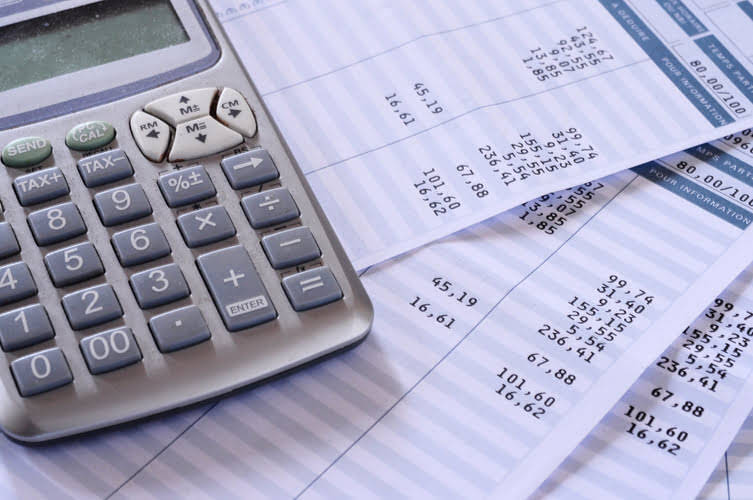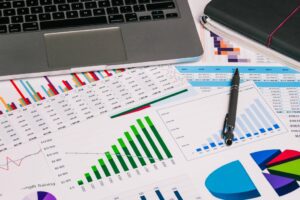
The goal is to understand how much they are spending and where they are spending money. This question helps organizations identify areas where they purchase more of a product or service than they need. Spend analysis is a key component of strategic procurement and can help organizations save millions of dollars annually.
What is the Spend Analysis Process?
- Spend visibility goes beyond tracking spending, as it gives both a detailed and holistic picture of how money is moving through your company.
- They have well-defined and integrated data collection processes, including the ability to capture data from multiple sources and systems.
- You now have the power to make changes that curb unnecessary spend.
- Ultimately, supplier spend analysis is an essential part of any organization’s cost management strategy and should not be overlooked by anyone in charge of procurement services.
- A Process Performance Dashboard highlights improvement areas for small POs/invoices, revealing potential savings by identifying suppliers with small value transactions.
Maverick spend is a form of unjustified spend where an employee purchases goods or services outside of the set company policy. Such expenses are generally part of the tail spend of the company and are overlooked otherwise. Performing vendor spend analysis can also help you identify how often your vendors are paid, whether a payment policy might better suit your and your vendor’s interest, etc. Having complete visibility into your spend data can also help you gain a more substantial negotiation power and help you quickly resolve any disputes. Spend analysis analyzes your company’s past and present spend data and identifies cost-saving opportunities. Dedicated to bringing readers the latest trends, insights, and best practices in procurement and supply chain management.

Contract compliance dashboard
One of the major challenges with using BI tools for spend analysis is the longer time to value. Implementing and customizing BI tools to handle procurement-specific data often takes significant time and development resources. This delays the realization of cost savings and efficiency improvements, resulting in missed opportunities as organizations wait for full spend visibility and actionable insights. By adopting a systematic approach to spend analysis, businesses can make informed decisions that drive financial and operational success.
- To avoid wasted time and inaccurate insights, companies need the right strategies and tools in place.
- Spend analysis software offers greater scalability than Excel and more flexibility than generic BI tools.
- Most people try to focus on what every team wants superficially and thereby undermining the overall practice.
- The first step in creating a spend cube is to collect and cleanse your procurement spend data.
- Setting KPIs or key performance indicators for your analysis is essential before reaching conclusions.
Manage expenses for 10+ employees

Common added information includes certified diverse suppliers, procurement process benchmarks, and commodity pricing. The additional data can drive comparisons to industry standards or leaders and provide new targets to achieve. If spend analytics will become a regular part of your procurement process, then using APIs and connectors to automate data extraction and loading may be worth the effort. Finding data is relatively easy for smaller companies who may store the necessary data in a single ERP system. Larger companies may require access to ERPs, General Ledgers, eprocurement software, expense management solutions, and other specialized systems. Large companies that already invested in BI software and skilled programmers can expand their use to sharing procurement data.
Spend Analytics Visualization Tools
This can be a time-consuming and difficult process, particularly if – as is the case with some businesses – your information is stored in different formats and in different places. Once you’ve identified each of these sources, you can start to assemble your spending information. We talk all of your data and build a custom blueprint to show what you’re spending and where you should save. We breakdown what’s spent where, and you get a plan to reduce your spend by 25%. The real problem here is that your spending itself isn’t centralised. You have different team members spending in different ways, and none of these payment methods work hand-in-hand.
Step 3: Normalize Supplier Names
Unlike one-off consulting projects or slow, manual services, software solutions provide real-time access to procurement data, enabling faster decision-making and greater cost control. Spend analysis software typically offers faster time to value compared to Excel and BI tools, as it comes pre-configured with procurement-specific features. This means less time spent on customization and more immediate access to actionable insights. For large enterprises, this faster time to value translates to quicker realization of cost savings and improved procurement performance.
How can you get started with vendor spend analysis?
Additionally, they might identify inefficiencies in their office supplies procurement, enabling them to streamline the process and reduce unnecessary expenditures. An example of spend analysis could involve a manufacturing company looking to optimize CARES Act its procurement process. The company collects data on all its purchases over the past year, categorizes spending into different areas (e.g., raw materials, maintenance services, office supplies), and analyzes the data. Data sources can include general ledgers, ERP systems, e-procurement software, expense systems, P-cards, etc. Collect spend data from everywhere-all departments, business units, and manufacturing plants.

Highlight the operational efficiency
To overcome these, businesses need robust data management practices, including regular audits and validation processes. Spend analysis automated spend analysis is used to identify saving opportunities, increase spend visibility, get essential data for contract management, and evaluate the performance of suppliers. To identify spending patterns and areas where cost savings can be made. Perhaps the best part of procurement spend analytics is that you can use it to track your wins and areas for improvement. As you initiate changes, your updated data will reflect their results. As you track these results over time, you’ll be able to spot where you succeeded and where you can make more changes to course correct or drive even greater results.

Additionally, effective dashboards should provide alerts for critical spending activities or deviations from budget norms. Collection, the data undergoes cleansing to remove Medical Billing Process errors and inconsistencies, ensuring accuracy. The next phase, data classification, organizes spending into categories, making analyzing and identifying trends easier. Since you know how to measure and track spending, here are some best practices in spend analysis you can follow for effective results. Ultimately, spend analysis can offer baseline data to help you estimate spending more accurately and frame long-term plans. However, the complex process demands the utmost attention and dedication.
0 yorum